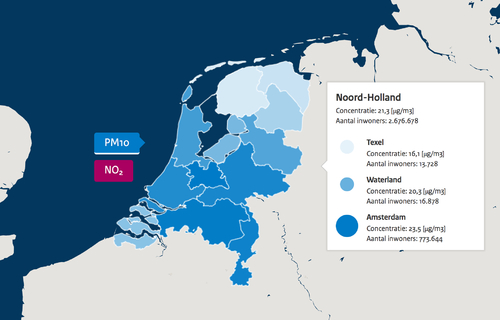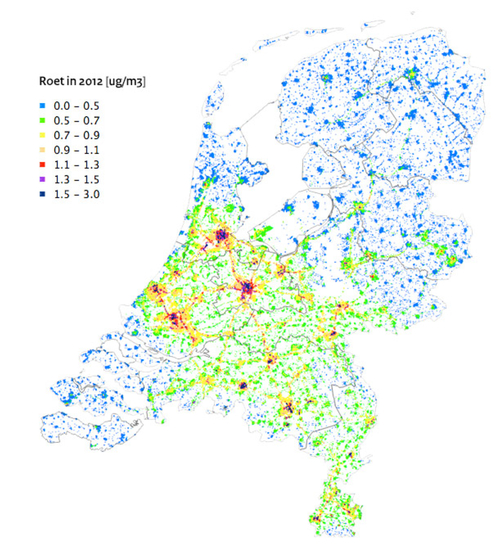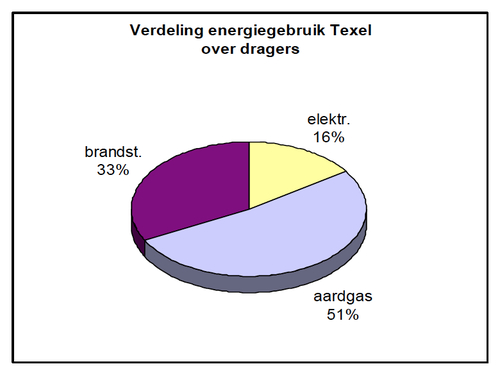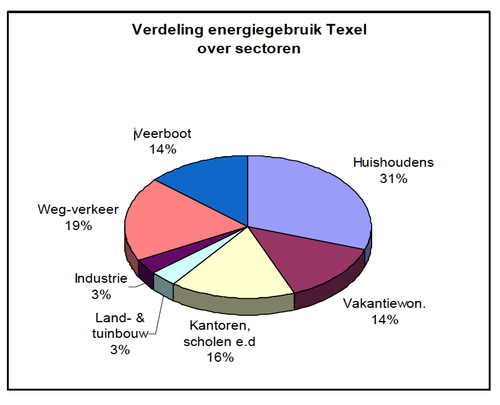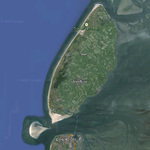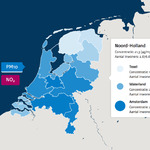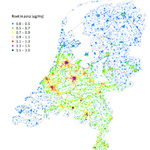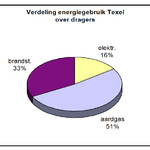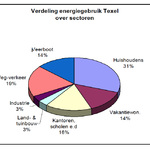GREEN AREAS
Texel has a land area of 16.100 hectare and a sea surface of over 40.000 hectare. Over 13.700 people populate the island. There is a great landscape diversity, like dunes, woods and polders. One third of the landscape is a national park (5.500 hectare). 8.800 hectare is used for agricultural purposes. This means more than 80% of the Island is green.
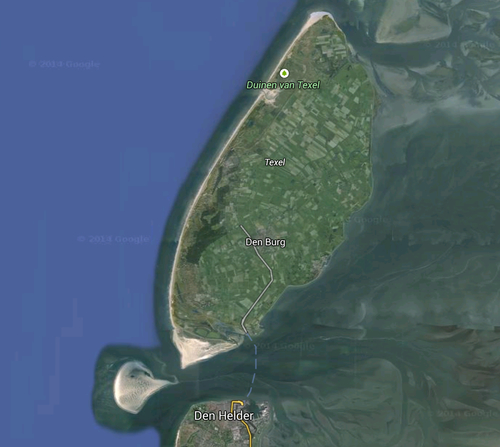
AIR QUALITY
To determine the airquality the NSL (Nationaal Samenwerkingsprogramma Luchtkwaliteit) measures the concentration of nitrogen and fine dust. Fine dust is a generic term for particles of different sizes, which can deprive ones health.
Nitrogen can harm the respiratory tract and lungs. Traffic is the main source; close to traffic, the concentration of nitrogen in the air tends to be high. In addition the industry, refineries and the energy sector are important sources.
On the map the average concentrations of nitrogen and fine dust are shown for the year 2012. The map shows us that North Holland has a high concentration of fine dust and nitrogen. But when we look at Texel on its own, the island has a significantly lower concentration of fine dust and nitrogen. The concentrations are respectively 10,7 μg nitrogen (NO2) and 16,1 μg fine dust (PM10). Texel is as an island with a good air quality compared to the rest of the country. This is because of its low density, high amount of green areas – 80% – and low amount of traffic being an agricultural island. So to put the numbers into perspective a comparison is made with the concentration of fine dust and nitrogen to other agricultural areas of the Netherlands, with a comparable amount of green areas and population density, such as Groningen, Friesland, Drenthe and Vlieland. Here the urban areas of the provinces are excluded from the average.
|
Islands |
NO2 |
PM10 |
|
Texel |
9,2 |
15,7 |
|
Vlieland |
8,1 |
14,5 |
|
Provinces |
|
|
|
Groningen |
11,2 |
16,6 |
|
Friesland |
11,5 |
16,8 |
|
Drenthe |
11,8 |
16,9 |
The table reveals that Texel has a slightly better air quality than the agricultural and green areas on the main land. Vlieland, however, has a better airquality. This can be due to the smaller population and lower amount of traffic. To measure the health of Texel we could say that the people are relatively healthy because many diseases are caused by a poor air quality.(RIVM,2014)
ENERGY
The municipality of Texel has the goal to be self sufficient in terms of energy in 2020. The total energy use is around 1,5 PJ (PetaJoule) per year. In the figure below we can see the division in yearly energy sources that account for the total energy use of Texel. The chart shows that natural gas is the largest energy source. It should be noted that for the calculation of electricity, only the direct use has been taken into account without taking into consideration the efficiency of the power plants. The total primary energy use for electricity is roughly twice as large.
The next figure shows the distribution of energy use over the economical sectors. Here the use of households is the largest, followed by power plants. Roughly half of that is being converted into useful energy for electricity. Followed by the energy use for road traffic, utilities (e.g. schools and offices), the ferry and holiday homes. The numbers behind these figures come from earlier studies of ECN, Ecofys and TESO.
The energy use of fishery is not teken into account because they primarily navigate outside the municipality borders.
In the future Texel expects to experience some changes in energy consumption due to development plans. The effects will lead to:
- A decrease in the consumption of natural gas with 5%
- An increase in use of electricity consumption of over 50%
- An increase in fuel consumption for traffic with around 25%
(Leguijt, Benner et al. 2008)
TexelEnergie
On Texel over a quarter of the households is a customer of the social enterprise TexelEnergie, a cooperation that generates and supplies sustainable energy. On Texel there are a lot of solar panels, because TexelEnergie aims towards an energy efficient island. An interesting fact is that they even have a surplus of energy supply. This means they could also supply energy to other parts of the country. (TexelEnergie, 2014)
(2014). "Hoe schoon is onze lucht?". Retrieved 14 december 2014, from http://www.rivm.nl/media/milieu-en-leefomgeving/hoeschoonisonzelucht/.
Leguijt, C., et al. (2008). "Energievisie Texel en uitvoeringsplan 2008-2011."
TexelEnergie (2014). Retrieved 14 december 2014, from http://www.texelenergie.nl/texelenergie/2/.
